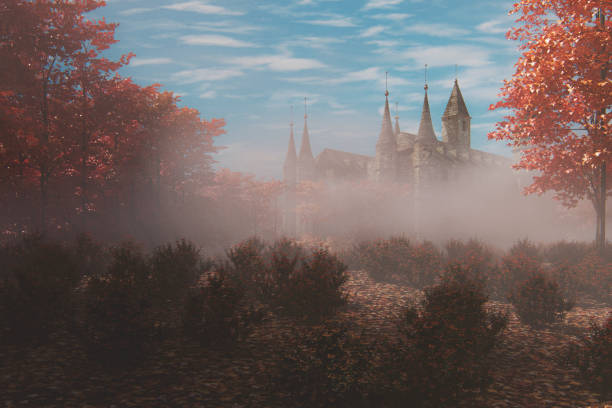"Unveiling the Mystique of Dark Tourism: A Journey into the Heart of Humanity's Past"
Travel, at its core, is a pursuit of knowledge and understanding. It is an exploration not only of places, but of ideas, cultures, and histories. One travel trend that is gaining traction is dark tourism, which involves visiting places that are historically associated with death, tragedy, or darkness. These sites provide a unique perspective on history, humanity, and the world at large.

Delving into the Shadows: The History and Development of Dark Tourism
Dark tourism, also known as grief tourism or thanatourism, has its roots in the human fascination with death and the macabre. The concept isn’t a new one; pilgrimages to tombs and battlefields have been a part of human culture for centuries. However, the term “dark tourism” was first coined in the late 1990s, and the practice has since grown and evolved.
Today, this form of tourism ranges from visiting museums dedicated to tragedies, touring former prisons and asylums, to exploring abandoned towns and disaster zones. The rise of this trend reflects a shift in the way we perceive and interact with history.
The Attraction of Darkness: Current Trends in Dark Tourism
Dark tourism has been growing in popularity, particularly among younger generations seeking experiences that go beyond traditional sightseeing. More than just morbid curiosity, this trend speaks to a deeper desire for authenticity and understanding. Dark tourists often seek to engage with history in a direct, personal way, and these sites provide a raw, unfiltered view of the past.
Moreover, dark tourism can be seen as a form of memorialization, a way of acknowledging and remembering the tragedies of the past. In this sense, it serves a valuable role in preserving historical memory, promoting empathy, and fostering a greater understanding of humanity’s darker periods.
Navigating the Ethical Landscape: The Pros and Cons of Dark Tourism
While dark tourism provides unique insights and experiences, it also raises complex ethical questions. On one hand, it can promote education and awareness about historical events and societal issues. It can also contribute to the local economy and preservation efforts.
However, there’s the risk of exploitation and voyeurism, especially when the sites involve recent tragedies or ongoing conflicts. It’s a delicate balance between respecting the sanctity of these places and satisfying the tourists’ curiosity.
Intriguing Insights: Dark Tourism Around the World
- The Aokigahara Forest in Japan, also known as the “Suicide Forest,” draws visitors due to its eerie beauty and tragic reputation.
- Chernobyl, the site of the infamous nuclear disaster, has become a popular dark tourism destination.
- The Auschwitz-Birkenau Memorial and Museum in Poland provides a sobering reminder of the atrocities of the Holocaust.
- The Killing Fields and Tuol Sleng Genocide Museum in Cambodia bear witness to the horrors of the Khmer Rouge regime.
Looking into the Abyss: The Impact of Dark Tourism
Dark tourism can be a challenging and unsettling experience, forcing us to confront the darker sides of human history. Yet, it is through this exploration of the past that we can learn valuable lessons for the present and future.
While dark tourism isn’t for everyone, those who embark on these journeys often find them enlightening and deeply moving. It offers a fresh perspective on travel, one that delves beyond the surface to explore the depths of human experience and history. By stepping into the shadows, we can gain a deeper understanding of the world, and perhaps, of ourselves.




